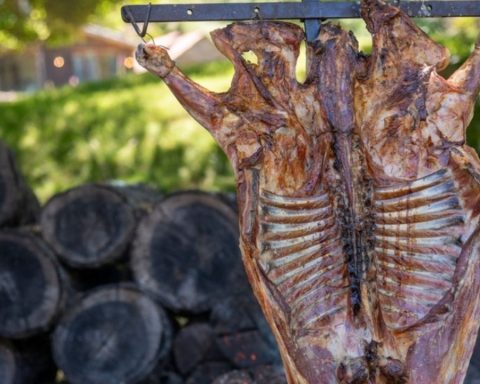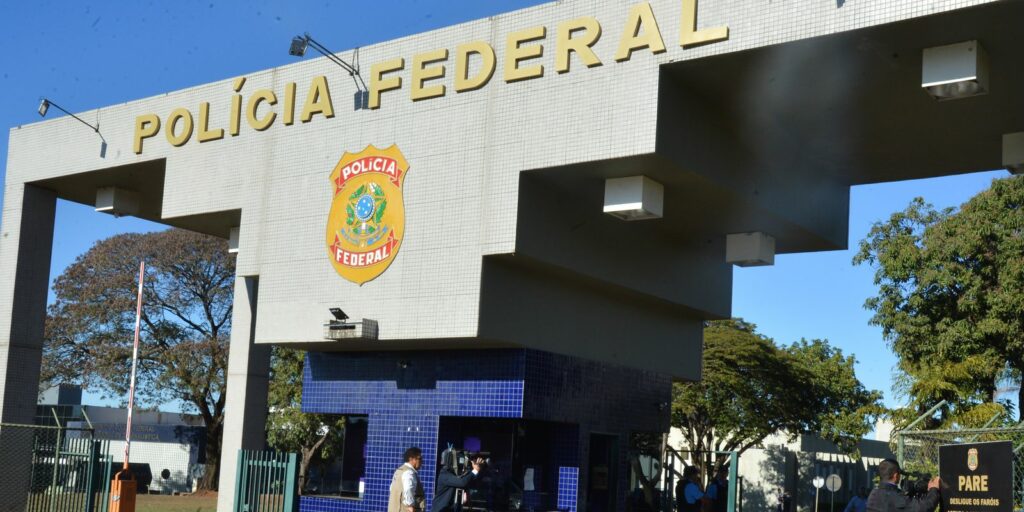About ten active forest fires per day have been reported by the National Forestry Corporation (Conaf) in recent weeks, while Onemi has declared a red alert in several communes in the south-central area of the country. These accidents have already consumed more than 31,000 hectares in the last six months, with their respective flora and fauna, and have caused people affected and even the loss of human lives.
This complex scenario, unfortunately, in summer always gets worse. Specialists agree that the effort should be in prevention, the first recommendation being to cut dry grass, weeds and all kinds of vegetation that is the main fuel for the flames. Even more so this year, when an increase in rainfall was reported in the central and southern areas of the country. This is the focus of an initiative of the Faculty of Veterinary and Livestock Sciences (Favet) of the University of Chile that seeks the help of sheep and goats to reduce combustible vegetation and reactivate degraded soils.
The aptitude of these animals to make firebreaks when grazing was an accident in the development of the thesis of the Veterinary Medicine graduate of Casa de Bello, Gabriela Chávez. When a fire attacked the area of the South Campus where the sheep were grazing, the flames clearly stopped in the area that had been grazed. Thus, the thesis student decided to add this edge to the investigation.
“My thesis is about soil regeneration with small ruminants, and the discovery we had was making some experimental test pens at the back of the Faculty, in a place that is eroded and the grass grows a lot. One day a fire started and it turned out that the corral, which is a square, was saved with a perimeter of about one meter. The fire reached that perimeter because one of the sheep had left the corral and did not move away from the group, so it kept circling around it and it was that, the one that had left, that allowed the fire not to catch us, made a firebreak ”, says the thesis student Gabriela Chávez.
Juan José Toro Letelier, Favet’s Coordinator of Extension and Linkage with the Environment, explains that this project stems from the need to be able to control fuel biomass, that is, the dry grass that grew in the spring season and that is now used in the summer. a permanent fire hazard. It is looking for a sustainable, cheap, simple solution that is also in harmony with his profession, which is caring for animals.
“Here at Mundo Granja, we raise sheep and goats. We are testing sheep first because they are more docile and are more used to animal handling. And later we are going to start with the goats. The idea is that they graze in the place where we need to control the biomass so that they can eat and cut down the grass. If we did not do this, the grass would be long, standing, upright and obviously very vulnerable to any spark or fire activation”, says the veterinarian.
“They also yawn, urinate and drool on it. So, it is left with a humidity that prevents the fire from passing or makes it happen in a less abrupt or violent way. It is a natural firewall. Basically, that is what we are looking for, that the animals create a firebreak for us and prevent fires. This is an experiment, but this can be extrapolated, it is done in other parts of the world and it is the most sustainable solution to prevent fires, especially in this current summer context, where grass is a fire threat in many regions of the country” adds Dr. Toro.
Soil recovery
In addition to preventing fire, they recover the life of the soil. “What we want to achieve is for the soil to naturally recover its fertility so that this dry straw after they come out can gradually degrade thanks to the microbiological activity that normal soil has. So, when the animals digest the grass, they can once again integrate that microbiology and that natural fertility that was not there before,” adds the graduate of the U. de Chile.
This vegetation control technique is also being applied in another area of the campus with good results, explains the future veterinary doctor. “We are extrapolating this finding using it at the College, where we have this important grass growth, and they have been able to lower the load of dry plant matter a lot. The idea is to also be able to train the goats, just like we train the sheep, which is a slow process, but better slow and safe, and to be able to do this same intervention with a mixed group”, says Gabriela.
This research is one of those selected in the Country Thesis Program, an initiative developed by the Overcoming Poverty Foundation that supports theses with themes of inequality, poverty, local development, among others, as it seeks to deliver these solutions to small farmers and ranchers. .


















